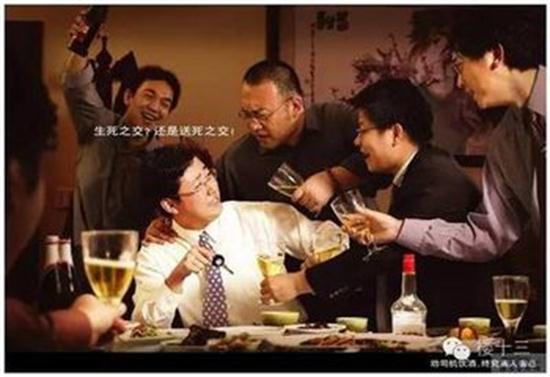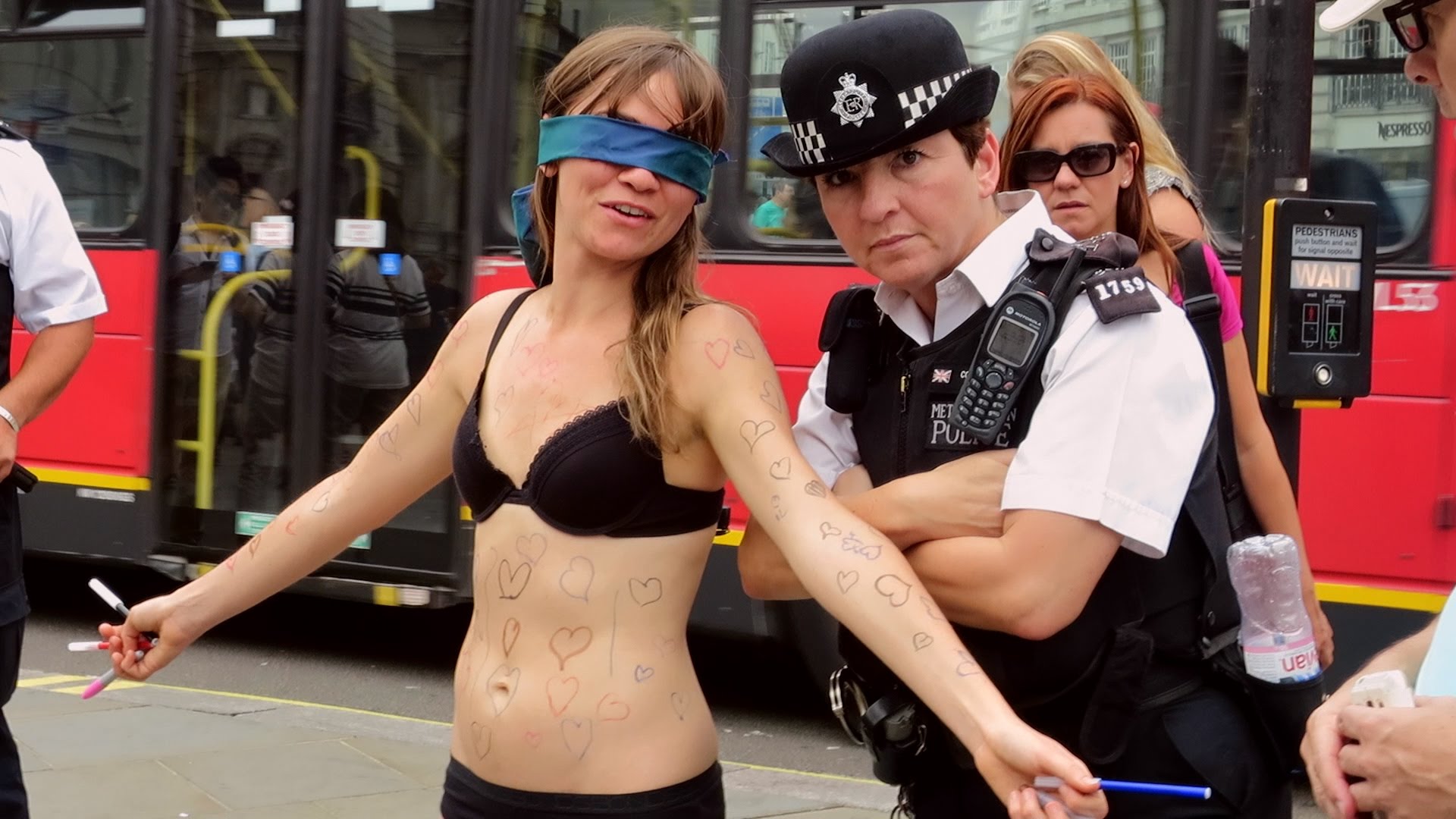
Everyone has seen the iconic red London telephone booth, whether in pictures, movies, or in London itself. They are such a statement piece in London culture. But where did the inspiration come from to create the booth? The answer lies in the tomb of Eliza Soane, the wife of famous architect Sir John Soane. Sir John Soane was an English architect and professor, most famously known for his house that turned into a museum. His wife, Eliza, died from health problems and was buried in what was to become the inspiration for the red telephone booth. Sir John Soane designed a tomb above his wife’s burial site, which became the family burial vault. Sir Giles Gilbert Scott, another English architect, became a trustee of Sir John Soane’s Museum. There is no coincidence why the tomb of Eliza Soane was used for inspiration to create the telephone box. The iconic red telephone box modernized the ability to communicate long distance. This accidental symbol of London culture went through numerous transformations, from originally being the Post Office Telephones until the company was renamed to the British Telecom. The Post Office Telephones went through phases K1 through K8, changing in size, style, and cost. The first telephone booths were installed in central London, specifically Kensington and Holborn. The K6 model, designed by Sir Giles Gilbert Scott, is what people think of when imagining the red telephone booth. The K6 is about 8 feet tall and 3 feet wide. Around 60,000 K6 models were produced in total, but only about 10,000 remain today. The red color was chosen so that people could easily identify them as well as being the color of the Post Office. Gold crowns embellished the top of each booth, symbolizing the British government. But even the crown went through transformations to represent different people and governments. After the Post office Telephones were renamed as the British Telecom, the KX series of booths were developed, which included five different models. Although these new models had updated functions, they were widely criticized because the K6 model reigned superior. The British Telecom tried to change the color from red to yellow but the people opposed the color change. Blue telephone boxes were also created to be Police Telephone boxes that provided a direct line to the police station. This allowed police officers to easily contact the police station if there were any suspicious activity going on in the city, take breaks during the job, or hold prisoners until they could be transported out. Old models of these booths can be seen in historic parts of the city as well as certain museums. These red telephone booths also inspired other works of art. For example, David Mach, a Scottish sculptor, created “Out of Order” in London. This piece of art features twelve K6 boxes tipped over like dominoes. Mach believed it was such an incredible art piece especially because people did not know it was a work of art. These boxes are a strong symbol of London. Along with this, the iconic piece is seen in the popular television show Doctor Who. Labeled a TARDIS, meaning time and relative dimension in space, these boxes are simply modeled off the police telephone booths. These booths were also used in movies like Spice World, where Ginger Spice used the phone booth was used for her to transform into Wonder Woman, and in Anchorman: The Legend of Ron Burgundy when Ron Burgundy is in a glass case of emotion. Even though they are memorable symbol of British culture, the amount of red telephone booths have vastly decreased. Many are simply old; they are rusty, have been through years of vicious weather, and often don’t get updated or restored. There is even a yard of old red telephone booths in Surrey. With the creation of the mobile cell phone, these types of booths are not really needed anymore. They are essentially historic pieces of art to British culture that many people can appreciate. They were created in a time where technology was blooming and where the public had a better way to communicate. Although slowly declining in number, these red telephone booths remain a symbol of London and it’s history.






